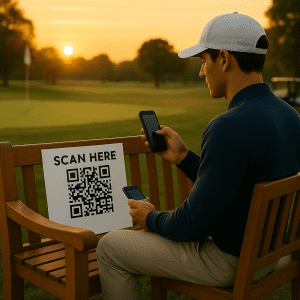
Golf Bench Advertising: Real-Time Engagement with QR Codes
Golf Bench Advertising: A Smart Move for Smart Marketers Golf bench advertising is no longer just a static branding tool—it’s becoming a dynamic channel for real-time consumer engagement. With golf courses frequented by affluent, decision-making professionals, the placement of ads





